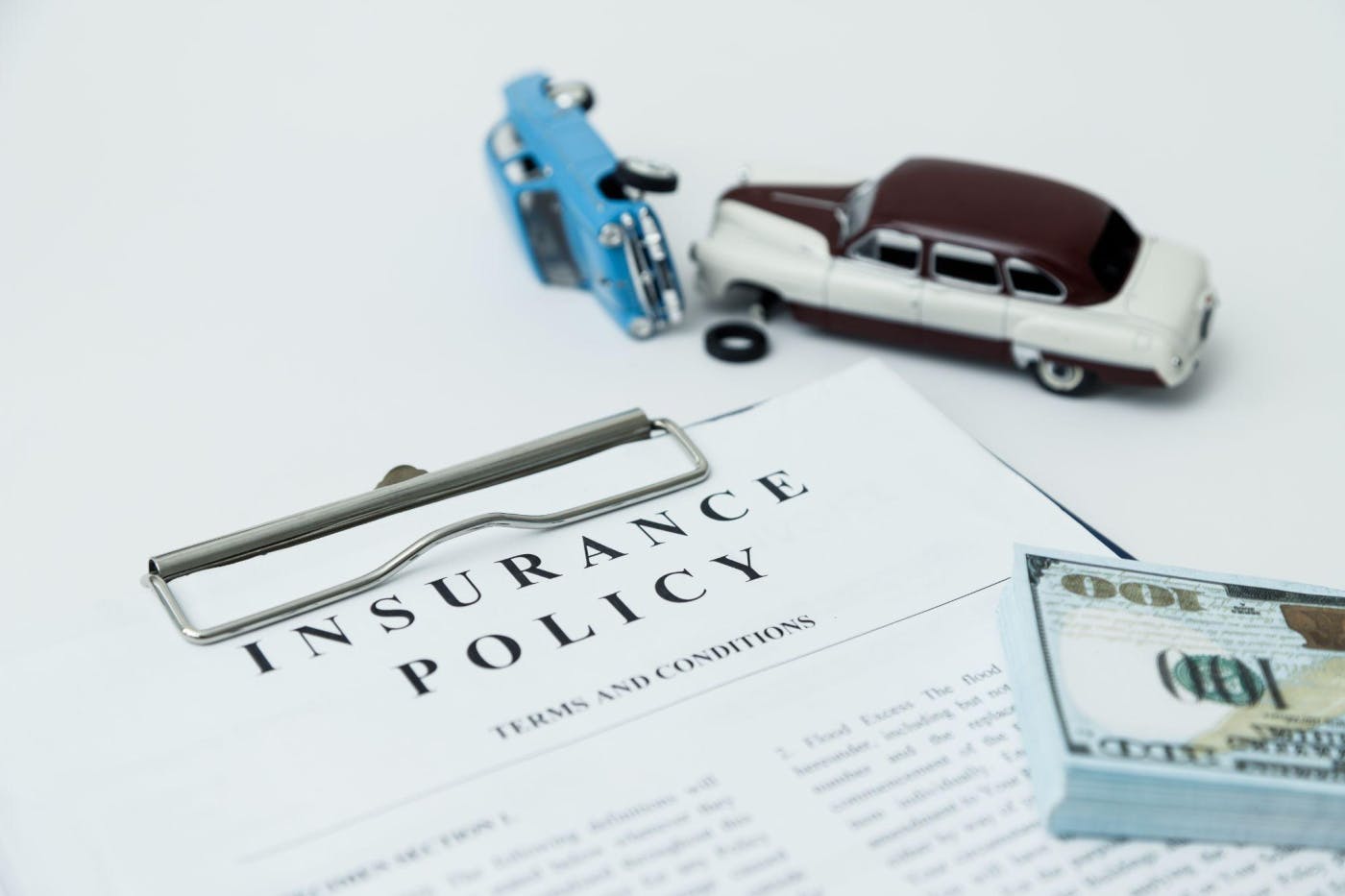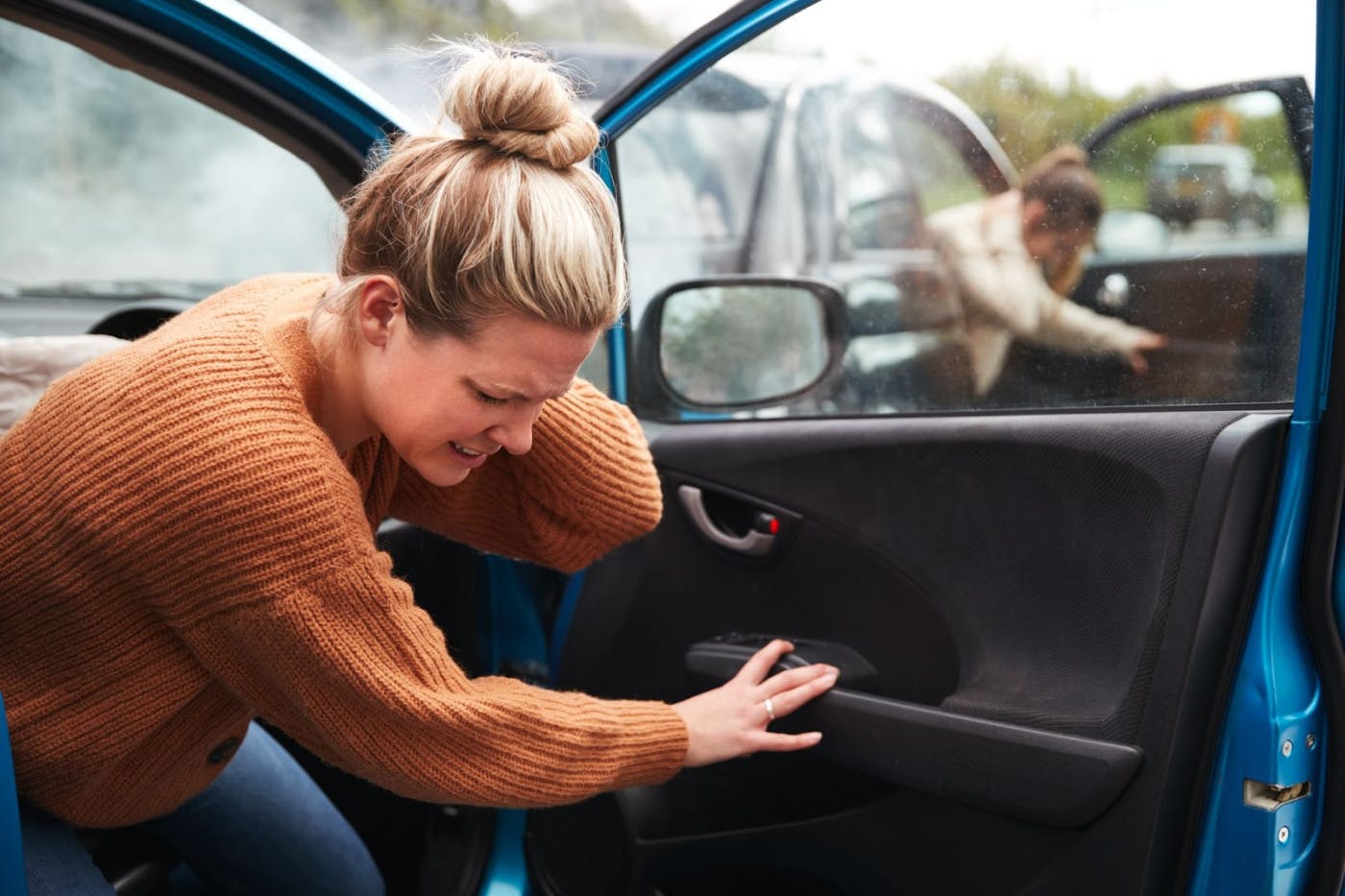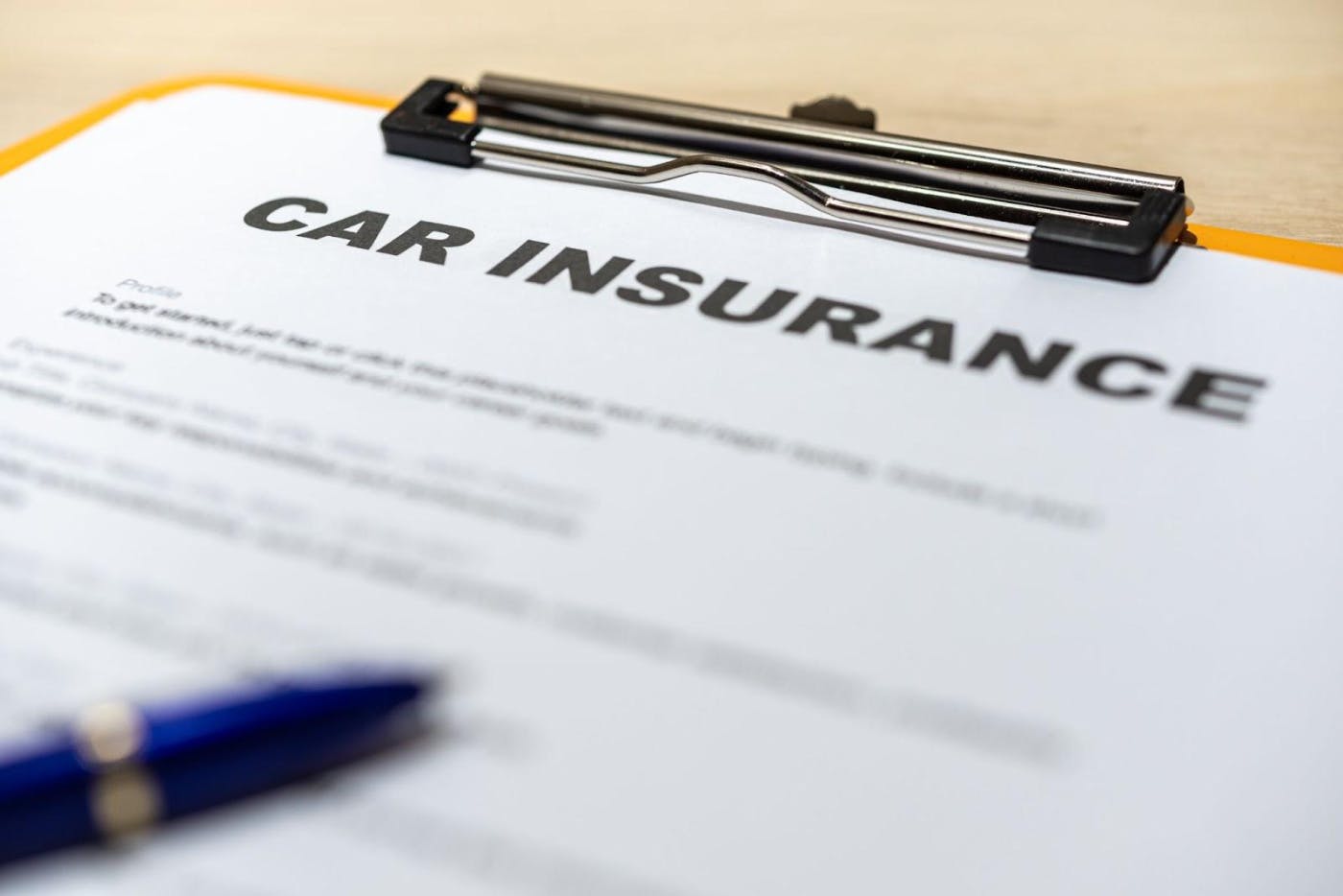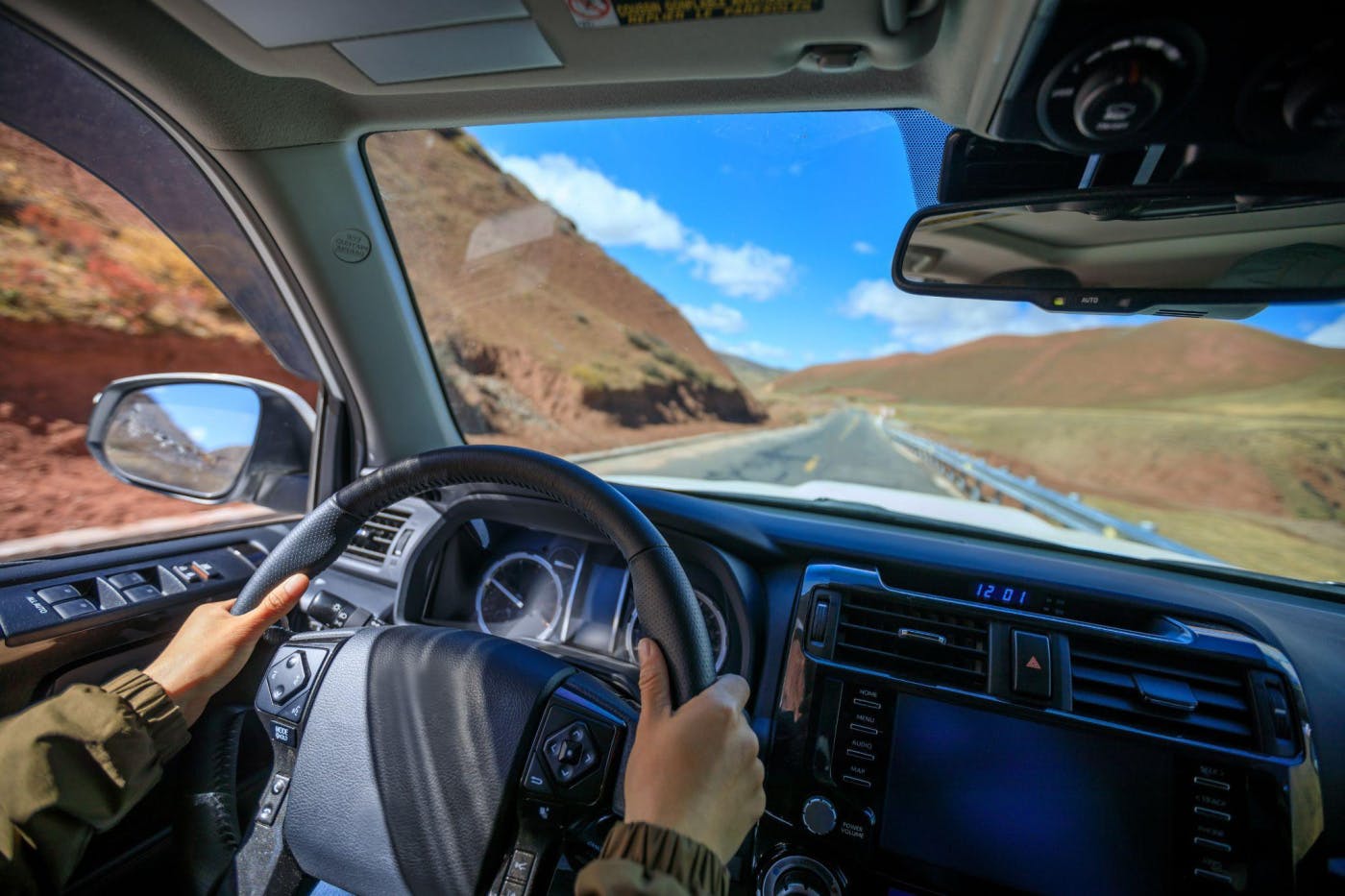Who Is Liable in a Tailgating Accident?
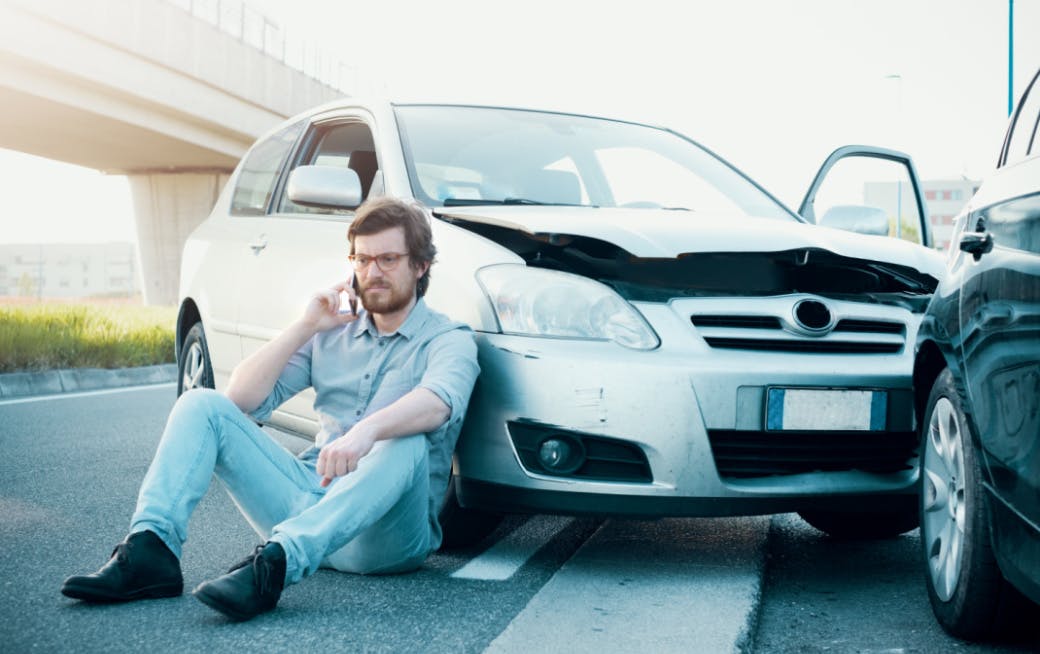
Tailgating is more than just annoying—it’s dangerous. The chances of an accident increase dramatically when drivers follow too close to the vehicle in front of them. Unfortunately, tailgating remains a common problem on Minnesota roads.If you are involved in a tailgating accident, you may have questions about who is ultimately to blame. The answers will depend on various factors. Here’s what you need to know.
What Is Tailgating?
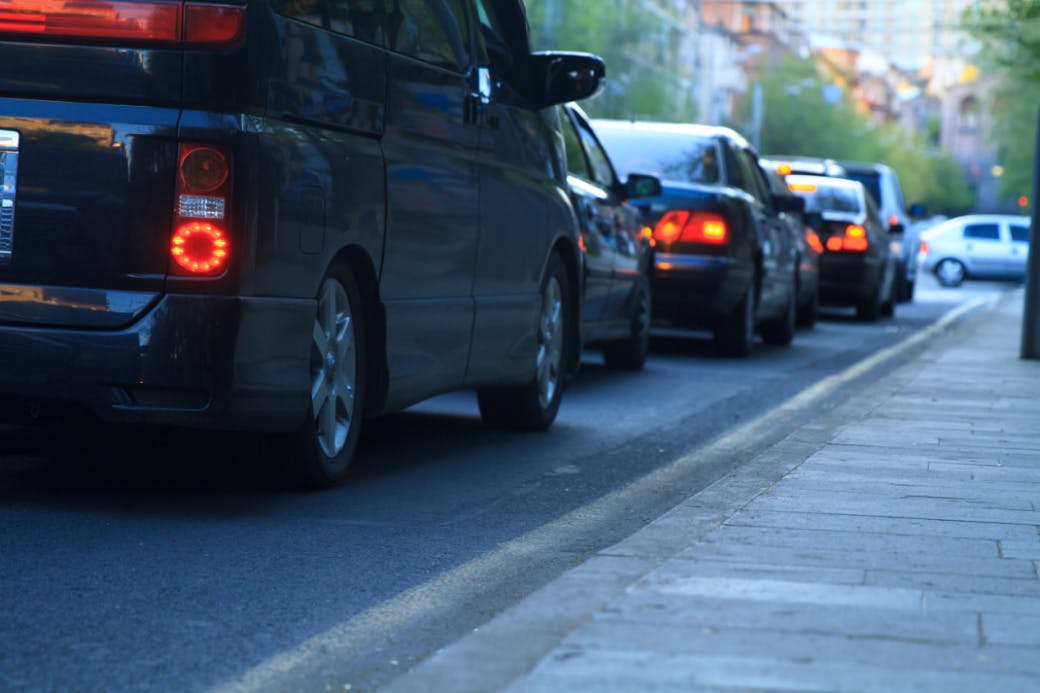
First things first: what qualifies as tailgating? The Minnesota law dealing with tailgating has this to say:
“The driver of a motor vehicle shall not follow another vehicle more closely than is reasonable and prudent, having due regard for the speed of such vehicles and the traffic upon and the conditions of the highway.”
In short, tailgating means that one vehicle is following another too closely. Leaving a “reasonable and prudent distance can seem subjective. But for the most part, tailgating is obvious.
If you’d like a more precise guideline, The Minnesota Driver’s Manual recommends leaving a minimum of three seconds between yourself and the vehicle ahead of you. To measure this, simply follow these steps:
- Take note of a reference point near the road ahead, such as a tree, pole, or building
- As the vehicle in front of you passes the reference point, begin counting
- Note how many seconds pass until you pass the same point
You should count at least three seconds before reaching the same spot. That rule is meant for ideal conditions. If the roads are wet or icy, you should leave more room. You’ll also want to allow greater distance when behind a semi-truck.
Regardless, tailgating is always dangerous. If the driver in front stops suddenly, the tailgating driver may not have time to react before rear-ending them. So why do drivers still choose to tailgate? The tailgating driver may be:
- Distracted
- Inexperienced
- In a rush
- Reckless
- Angry or otherwise emotional
- Drowsy
Who Is at Fault for a Tailgating Accident?
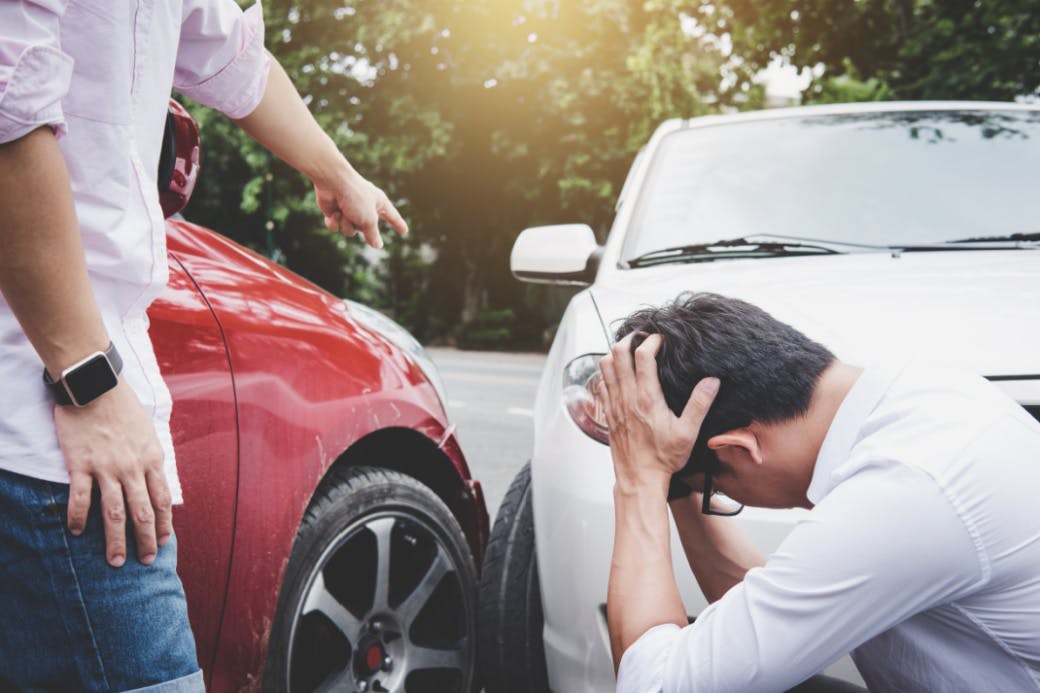
When determining fault in an auto accident, the primary deciding factor is negligence. Negligence means that someone failed to take reasonable care to prevent the accident. The “negligent party” will generally be held liable for any damages or injuries.
Tailgating is a form of negligence, and in most cases, a tailgating driver will always be held at least partially responsible for an accident. If the tailgating driver had left enough room to stop, the accident never would have happened.
However, sometimes the driver in front also bears some responsibility. For example, if they pulled out suddenly in front of the other driver, they may have created a dangerous situation themselves. Or, if they braked sharply to retaliate against the tailgater, they may have also caused the accident.
Other times when the driver in front may be partially responsible include:
- Driving recklessly in response to tailgating
- Allowing themselves to get hit intentionally (usually as part of an insurance scam)
- Driving while intoxicated
- Driving while distracted or drowsy
- Driving an unsafe vehicle (e.g., with faulty tail lights or turn signals)
In these cases, both drivers may share the blame for the accident.
Can You File a Car Accident Claim Even If You Were Partially at Fault?
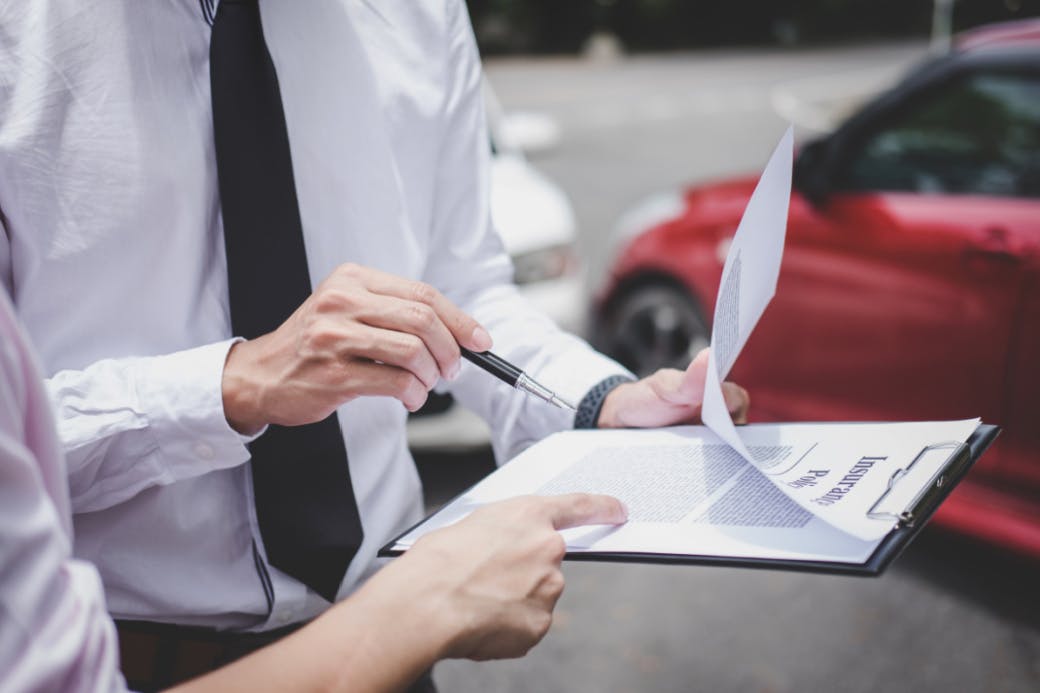
Yes. Minnesota is a comparative fault state, meaning you can receive compensation even if an accident was partially your fault.
For example, let’s say you followed another vehicle too closely when an accident occurred. However, the other driver was drunk at the time and failed to follow proper safety protocols. In that case, they could be held partially liable for the accident.
This situation is also a good example of why it’s important never to discuss fault at the accident scene—even if you think you know what happened. Without knowing all the details, there’s no way to know for sure. Don’t assign blame until you’ve had a chance to speak with an attorney.
What Compensation Could You Receive after a Tailgating Accident?
After an auto accident injury, you can seek compensation in the form of “damages.” These damages are designed to help you cover the personal and financial losses resulting from your injury, including:
- Medical bills
- Lost wages
- Loss of future income
- Property damages
- Pain and suffering
Your attorney will help you understand what damages are available in your case.
Have You Been Injured in a Tailgating Accident?
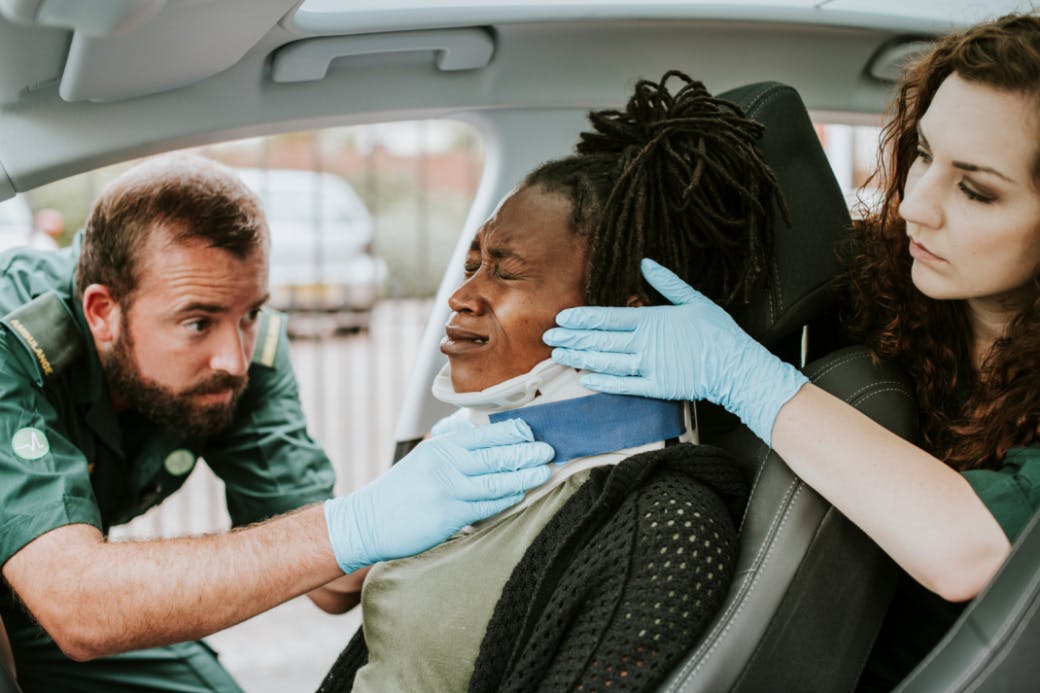
If you were injured in an auto accident that involved tailgating, you may be entitled to compensation—and we can help you get it.
At SiebenCarey, we’ve helped thousands of injury victims get the financial support they need in the aftermath of an accident. Just contact us, and we can:
- Evaluate your case
- Answer all your questions
- Investigate the details of your accident
- Negotiate with insurance companies on your behalf
- Help you recover every dollar of compensation you deserve
Best of all, we work on a contingency fee basis. Unless you win your case, you won’t owe us a dime.


